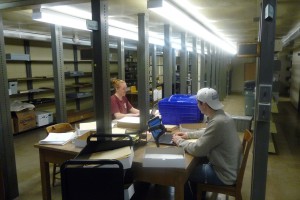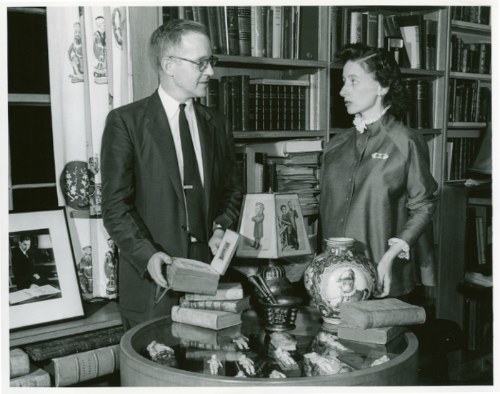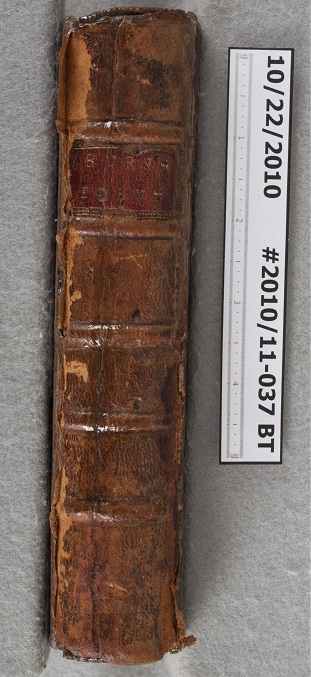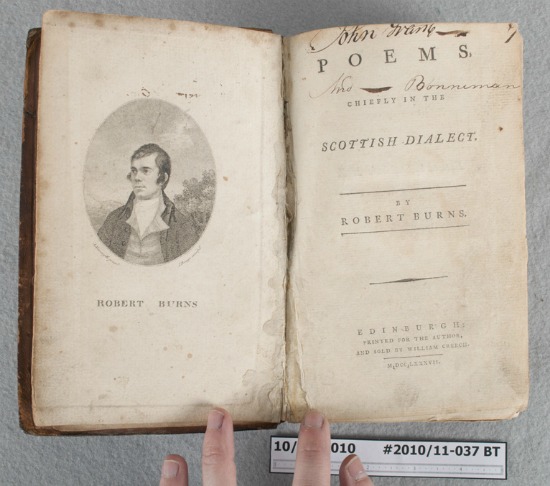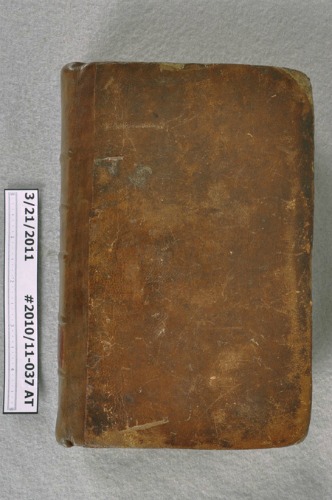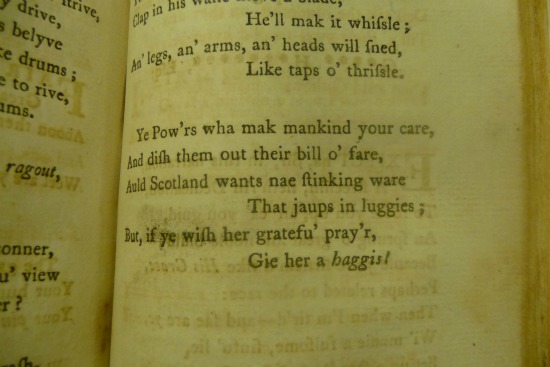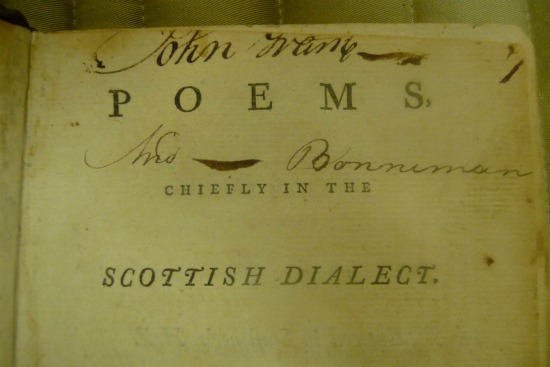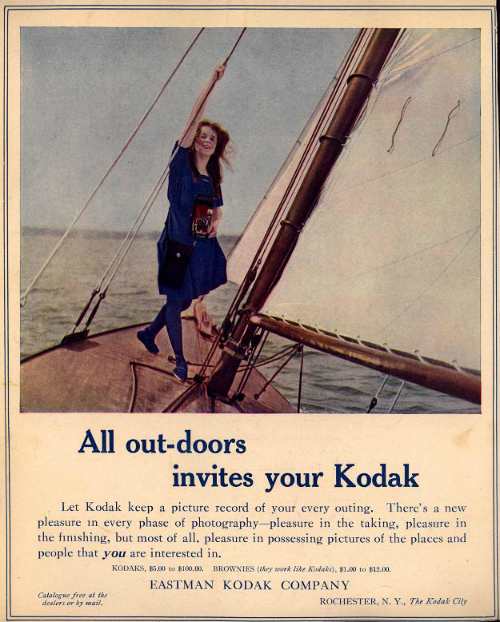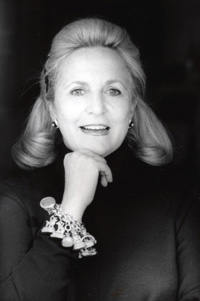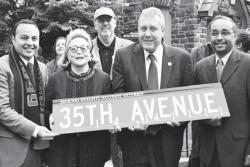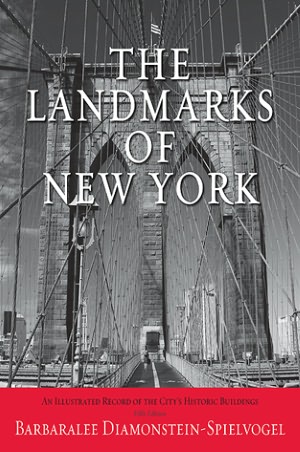
The recent digitization of many years of the Chanticleer, Duke University’s yearbook, has been a great benefit for both archivists and researchers.
Now, the yearly catalogs, known as Bulletins, are being digitized thanks to the Internet Archive’s Scribe machine located here at the Duke University Libraries. These newly-searchable resources provide more and better access to historical information about Duke University. The catalogs include information like courses offered, of course, but they are also full of other useful facts.
For instance:
- What was the Trinity College undergraduate tuition for the 1892-1893 academic year (the college’s first year in Durham)? ($25.00 per term)
- How many bound volumes did the Library contain at the end of the 1923-1924 academic year? (71,520)
- Who was the Director of Physical Education and Athletics for the 1947-1948 academic year? (Edmund “Eddie” Cameron)
In addition, there were specialized catalogs for graduate and professional education, so that someone researching the School of Medicine, for example, can learn more about that program in particular. There are even fun extras like aerial views of campus from the 1930s.
Virtually turning the pages of these historical catalogs provides a wealth of information. In the 1934-1935 Law School bulletin, for example, it lists the current students. One, Richard Milhous Nixon of Whittier, California, was a first-year student at the time. We can also tell from the catalog that school started on September 19 that year, and that “in addition to concert programs, recitals, and lectures, motion pictures are shown in the campus auditorium twice a week.” Sounds like a pretty interesting place to get an education!
Find links to Chanticleers and Bulletins at the Duke University Archives section of the Internet Archive. Additional Bulletins will be digitized in the near future, along with other Duke University resources.
Post contributed by Val Gillispie, Duke University Archivist.

